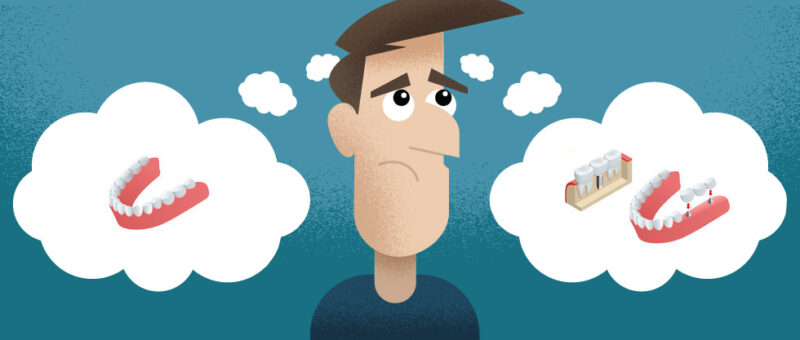Welcome to our blog about dental anatomy and oral development! Knowing the anatomy of the mouth and teeth is essential for maintaining good oral health and preventing dental problems.
In this article, we will explore the different types of teeth and parts of the mouth in both adults and children. We will also discuss how children’s teeth develop and offer tips for maintaining good oral hygiene habits.
Anatomy of the Adult Mouth and Teeth
The mouth is an intricate structure with several components, each with its unique purpose and function. The teeth, gums, tongue, and uvula each play a vital role in oral health.
The four main classifications of adult teeth include incisors, canines, premolars, and molars. Incisors are in the frontal part of the mouth and bite and cut food. Canines are the sharp teeth next to the incisors that tear and grasp food.
Premolars reside between the canines and the molars and assist with chewing and grinding food. The largest teeth in the back of the mouth are molars, which primarily grind and crush food before swallowing.
Gums are made of soft tissue to surround and support the teeth. Gums provide a seal around the teeth to hold them in place and protect the bones underneath.
The tongue is a muscular organ that enables speech and swallowing. It is also responsible for detecting taste and texture when eating food. The uvula is a small flap of tissue at the back of the throat that helps with speech and swallowing.
The mouth is a complex and essential body part that enables daily activities like eating, speaking, and breathing. Understanding the different parts of the mouth and teeth can help people take better care of their oral hygiene and prevent issues like tooth decay and gum disease in the future.
Types of Adult Teeth
Adult teeth come in various shapes and sizes, each with a distinct function. Learn more about the four main types of teeth in an adult mouth below.
Incisors
Incisors are the front teeth located in the center of the mouth. They are typically the smallest and have sharp, flat edges that bite into food.
Canines
The canine teeth reside next to the incisors. Canines are pointy and sharp, making them perfect for tearing and ripping food apart.
Premolars
The premolars exist between the canines and molars. Premolar teeth have a flat surface with cusps that help to crush and grind food for easier swallowing.
Molars
The molars are the biggest teeth in the back of the mouth and also help with grinding and crushing food. Molars have a broad, flat surface with several cusps that help reduce food into smaller pieces.
Teeth have numerous layers that each have a specific function. The enamel is the outermost layer made of the hardest substance in the human body. The enamel protects the tooth from damage and decay.
Beneath the enamel lies the dentin, which is softer than the enamel but still durable. Below the dentin is the pulp, which contains blood vessels and nerves that provide the tooth with nutrients and the ability to feel sensations.
Other Parts of the Mouth
In addition to teeth, the mouth has several other essential components that help with oral health and function.
Gums
Gums are the soft tissue that surrounds and support the teeth. They provide a protective seal around the teeth to keep them secured and protect the underlying bone.
Tongue
The tongue is a muscular organ on the floor of the mouth that helps with speech and swallowing. The tongue is also responsible for detecting the taste and texture of food.
Salivary Glands
Three pairs of salivary glands produce saliva in the human mouth. Saliva is essential for lubricating the mouth, assisting with digestion, and neutralizing acids made by bacteria.
Uvula
The uvula is the small, fleshy tissue in the back of the throat. The uvula helps with speech and swallowing by controlling the flow of air and food through the mouth.
Palate
The palate consists of two parts (the hard palate and the soft palate) on the roof of the mouth. The hard palate is the bony front piece, while the soft palate is the fleshy back part. The palate supports speech, swallowing, and breathing.
Epiglottis
The epiglottis is a flap of tissue located at the base of the tongue that prevents food and liquid from entering the windpipe during swallowing.
Adult Oral Anatomy Diagram

Dental Anatomy of Children’s Mouth and Teeth
The dental anatomy of a child’s mouth and teeth differs from that of an adult. Children have fewer teeth and different types of teeth than adults. Understanding these differences can help parents provide better oral care for their children.
Children have primary teeth, also known as baby teeth, that come out to make room for permanent teeth. Children generally have 20 primary teeth that begin to erupt around six months of age until age three. Primary teeth have a thinner layer of enamel, making them more vulnerable to decay.
As children grow, their jaws expand, and their adult teeth begin developing. By age 12 to 13, most children will have all their permanent teeth, including wisdom teeth. Permanent teeth are larger, stronger, and more durable than primary teeth.
While children’s dental anatomy differs from adults, proper oral hygiene remains the same. Parents should encourage their children to brush their teeth twice daily with fluoride toothpaste, floss daily, and bring them to the dentist for check-ups and cleanings.
Types of Kids Teeth
Children’s teeth also have distinct shapes and functions. The primary teeth include eight incisors, four canines, and eight molars, while the permanent teeth consist of eight incisors, four canines, eight premolars, and 12 molars.
The primary molars have a flatter surface with fewer cusps than the permanent molars, which are larger and have more cusps to aid in grinding and crushing food.
All primary teeth contain a combination of materials, including enamel, dentin, cementum, and pulp. Enamel covers the outer layer of the tooth, while dentin is a softer, yellowish material that makes up most of the primary tooth’s structure. Cementum is a dense, bony substance that covers the root. The pulp is the soft tissue inside the tooth that contains blood vessels and nerves.
Child Oral Anatomy Diagram

Understanding the anatomy of the mouth and teeth is essential for maintaining good oral health. Each part plays a crucial role in biting, chewing, and speaking.
Practicing proper oral hygiene, regular dental check-ups, brushing and flossing daily, and eating a balanced diet can help ensure your teeth and gums remain healthy for a lifetime.
If you have any questions about the different types of teeth or parts of your mouth, please do not hesitate to contact our friendly dental staff or request an appointment at All Smiles Care.
Our team of experienced professionals is committed to helping you achieve optimal oral health and a beautiful smile.

